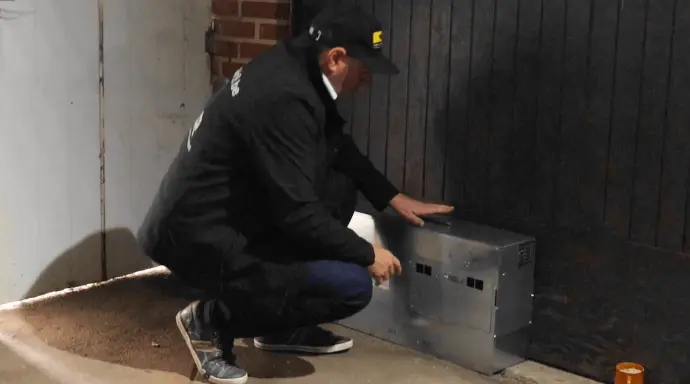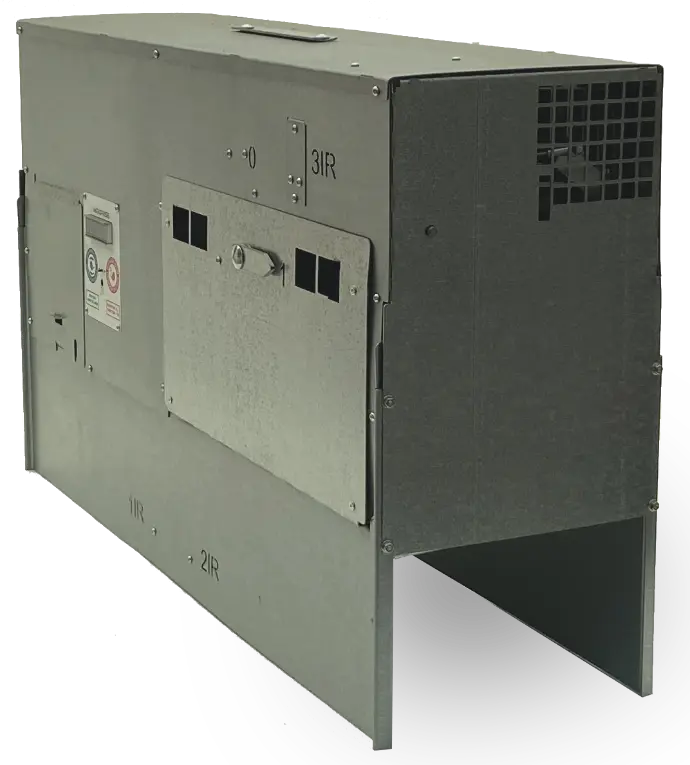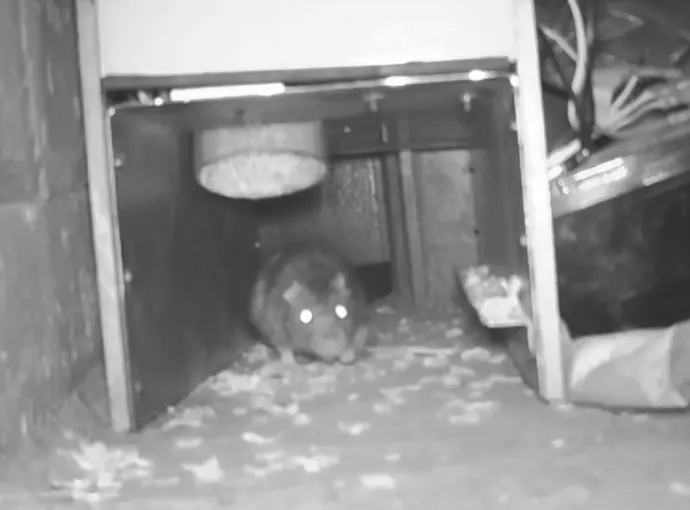Our 3 effective methods
to trap rats

1. Preventative trapping of rats and mice
Where rodents are not known to be present, place traps without bait along walls and near entrances for effective prevention. It's much easier to trap rats and other rodents preventively, when they're looking for new territories. As they are not yet familiar with the area, they will be less wary of traps.
DétruiRAT ®️ traps have been specially designed to resemble their natural environment. A rat looking for a new place might even think that a DétruiRAT®️ trap could serve as a refuge from predators. It is advisable to leave the traps in operation, even when there is no rodent activity, as this makes them easier to trap. They will be less wary because, when they arrive in their new environment, the trap will be an integral part of it! Prevention against rats, mice and other rodents is certainly the most effective solution.

2. Use DétruiRAT®️ Maxi-Prises rat traps
In the event of an invasion of rats or other rodents, use DétruiRAT Maxi-Prises traps: If you notice excrement, a strong smell of urine, or if you see rats during the day or in the evening, this may indicate an invasion of rodents. In this case, it's imperative to react quickly, as you may be faced with a proliferation of rats. If you see droppings of different sizes, this means that there are several generations of rats, and therefore a considerable number of rats.
Place the traps along walls and in other places where rats could move around. Rats always burrow as close as possible to their food source. If you know where it is, place a trap nearby with a thin layer of their favourite food, the one they are used to eating in your home.
If you don't know where they are, you should know that their nests can be found in bags of wood shavings, bales of straw or hay, a pile of logs, cardboard boxes, under pallets and in any deposit or place where they feel isolated and safe. Do everything you can to prevent rats from gaining access to your pet's food or any other food stock.

3. Be smarter than the rats!
Trap rats indoors ... and outdoors too
In less than a year, we trapped more than 1,000 rats while carrying out tests at one of our customers' premises (rats reproduce very quickly, so nests multiply exponentially). The company's managers began by eliminating places where rats could nest inside buildings and using DétruiRAT® traps, quickly trapping and eliminating them. They then worked to prevent rats from entering the buildings from outside, as the large numbers of hungry rats had started to attack the foundations and doors. A number of traps were placed outside the buildings, resulting in massive catches.
In addition, to discourage rats from damaging the buildings, we left small openings for them to pass through, and installed DétruiRAT® Maxi-Prises traps right in front of them. To get in, they had to pass through the traps. In one Maxi-Prises, we managed to trap 16 rats in one night using this ploy. On another night, using other traps, we caught 33 rats.
The following nights were quieter, suggesting that the rats had been evicted or had left in search of other, less hostile territories. Remember, however, that as long as there are rats in your environment, the problem will not be solved. Rats will always return and may even use old burrows. That's why you should never leave a DestruiRAT® trap inactive. They must always be ready to work, even if there are no rodents.
Don't hesitate to share the methods you can use to effectively trap rats. Despite our research and tests, there's still a lot we need to learn about these rodents to achieve mass captures.

